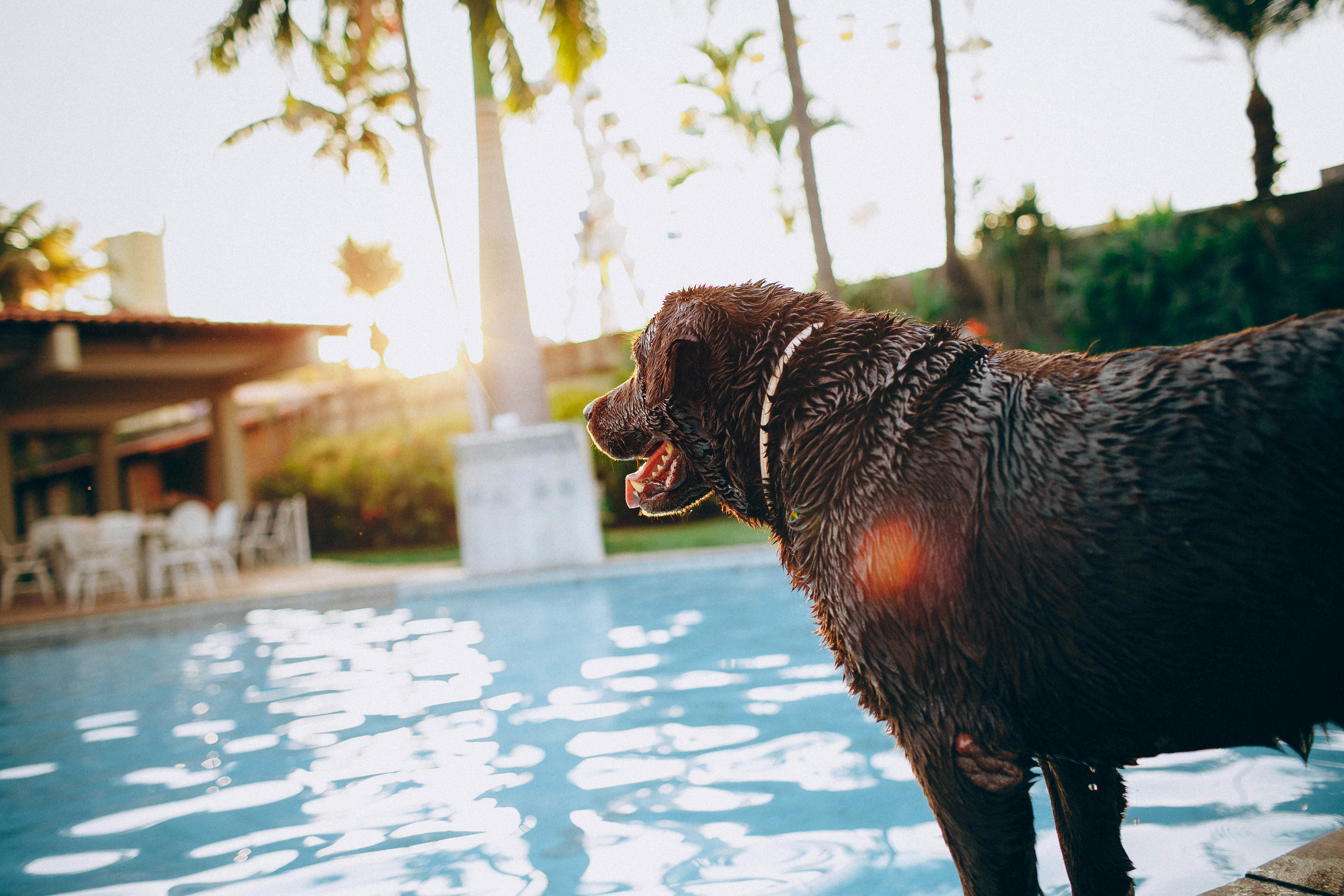Do You Really Understand Your Dog’s “Apology Signals”?

Do You Really Understand Your Dog’s “Apology Signals”?
Have you ever walked into your home to find shredded paper on the floor, while your dog sits quietly with its head down, tail wagging slowly, or carrying a toy toward you?
This is not just a cute scene — it’s your dog’s way of saying “I’m sorry” .
Understanding and responding to these signals correctly can turn mistakes into learning opportunities, while keeping your bond strong.
1. The 10-Second Golden Rule
Dogs connect feedback to actions that happened within about 10 seconds . Beyond that, they may not understand why you are reacting.
How to apply:
- Use a low, calm but firm sound like
“Shhh—” - Point to the scene of the mistake
- Avoid yelling, hitting, or punishing after the moment has passed
If you miss this window, skip punishment and move to positive guidance.
2. Reward the “Apology Moment”
Dogs often show apology through body language:
- Lowering their head
- Rolling to the side or showing their belly
- Licking your hand gently
- Approaching with a toy
What to do:
- Offer a treat immediately
- Use gentle petting or scratching
- Speak in a warm, positive tone, e.g., “Good choice! That’s my smart pup.”
This helps your dog connect calm, friendly behavior with safety and rewards.
3. Scene-Based Potty Training
When your dog relieves itself in the wrong place, guide it to the right one.
Steps:
- Blot some of the scent using a potty pad or tissue
- Take your dog and the scented item to the correct location
- Give a cue like
“Here, potty.” - Reward immediately when they sniff or use the right spot
- Clean the wrong location thoroughly to remove scent cues
4. If You Missed the Mistake
Do not punish your dog later. Instead:
- Lead them to the correct behavior or location with a toy or treat
- Reward as soon as they perform the correct action
- Repeat until the correct choice becomes a habit
5. Manage Your Emotions
Dogs can sense your emotional state through your body language, tone, and even scent.
Tips:
- Take deep breaths before correcting or guiding
- Keep your voice calm and steady
- End with a behavior your dog knows well, followed by praise or a treat
6. Create a Positive Loop
Over time, aim to build this pattern:
Mistake → Quick Interruption → Correct Behavior → Reward → Trust Strengthened
This approach turns mistakes into training wins, strengthens your bond, and makes your dog more confident and eager to please.




